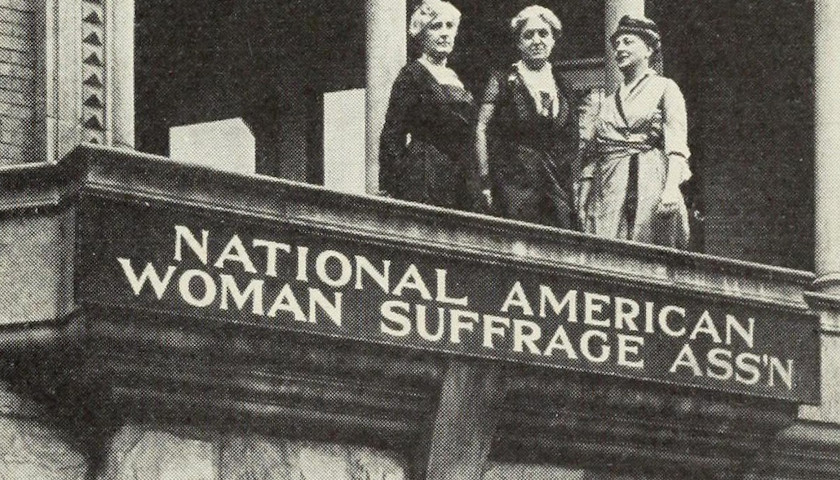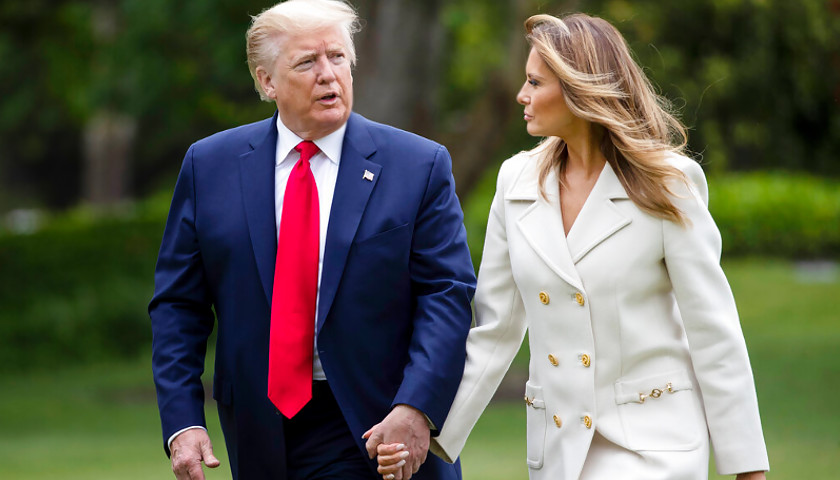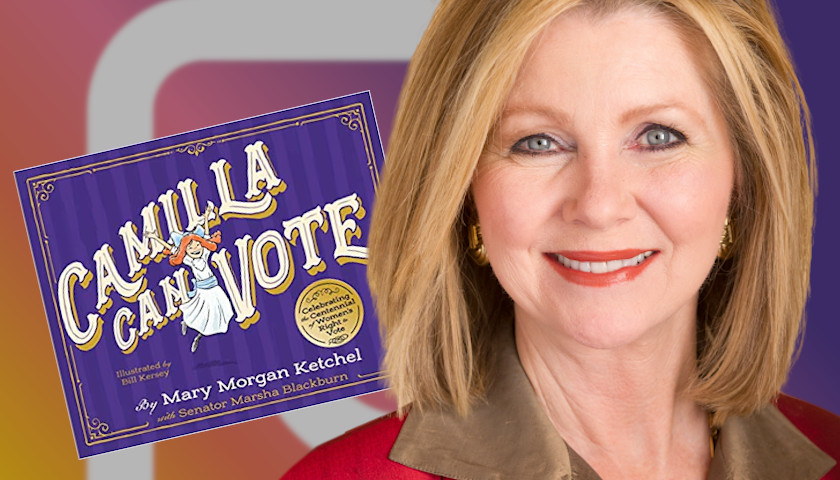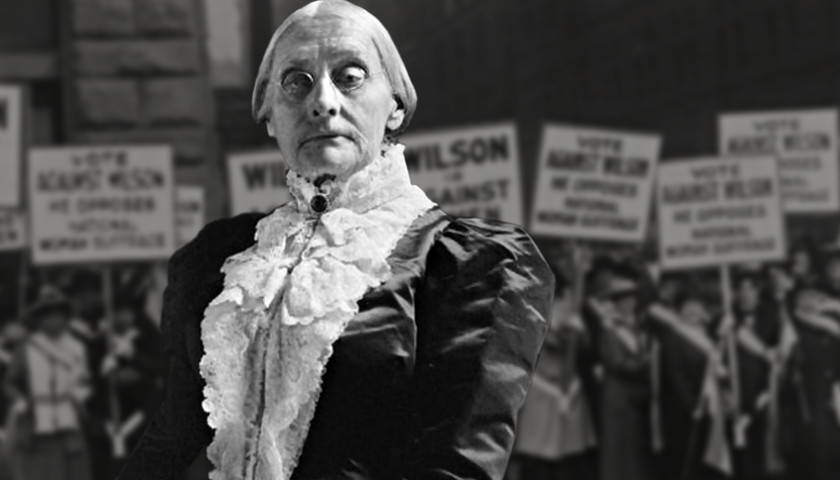This is the twenty-second of twenty-five weekly articles in The Tennessee Star’s Constitution Series. Students in grades 8 through 12 can sign up here to participate in The Tennessee Star’s Constitution Bee, which will be held on Saturday, April 28. The Nineteenth Amendment was finally ratified and victoriously added to the United States Constitution on August 26, 1920 after nearly one hundred years of painstaking trials, tumult, and disappointment. Twenty-six million women were enfranchised! It states: The right of citizens of the United States to vote shall not be denied or abridged by the United States or by any State on account of sex. Congress shall have power to enforce this article by appropriate legislation. To understand the long road to political equality for the American woman, we must understand the history and events that transpired during those years. HISTORY The U. S. Constitution of 1787 was a gender-neutral document. The original Constitution referred to “persons,” not male persons, and used the pronoun “he” only in the generic sense. Not until the addition of the Fourteenth Amendment in 1868 did the Constitution include the word “male.” In fact, nothing in the original document prevented women from voting. Our founders left it to the discretion…
Read the full story




